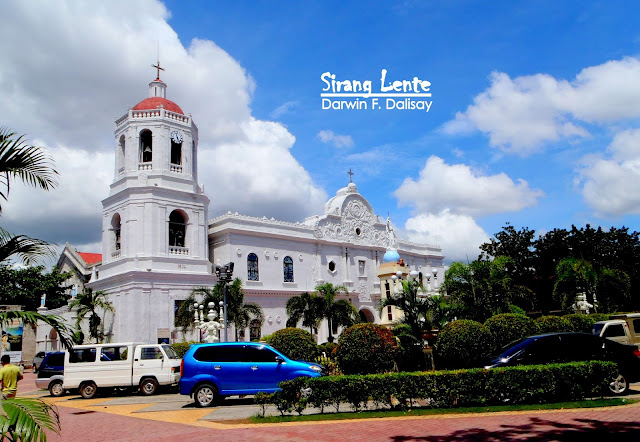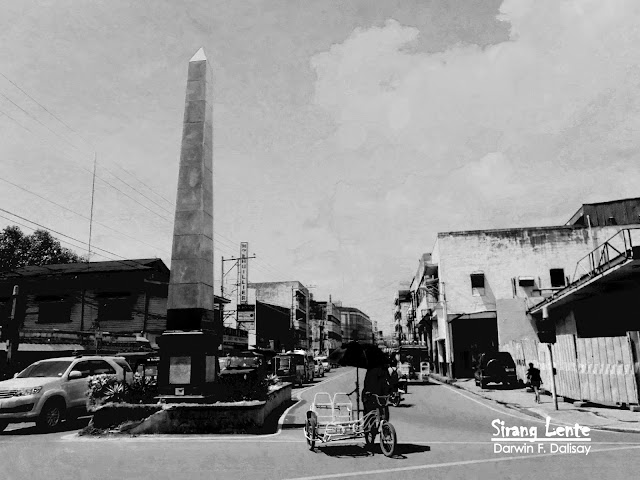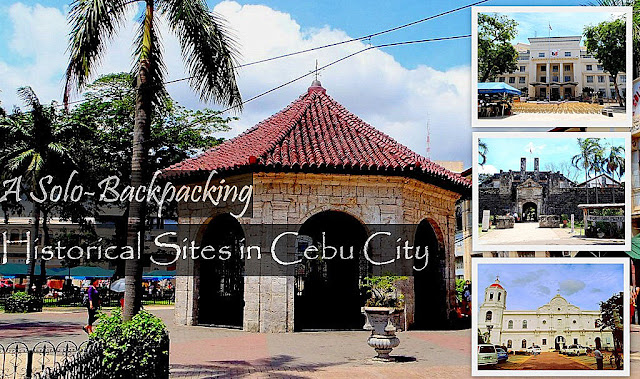About My Journey
Cebu City, fondly called the Queen City of the South, is a perfect destination for solo backpackers who crave a balance of urban energy and cultural heritage. As one of the oldest cities in the Philippines, Cebu is home to centuries-old landmarks like the Basilica Minore del Santo Niño and Magellan’s Cross, as well as modern attractions, lively street food scenes, and breathtaking viewpoints such as Tops Lookout and Sirao Garden. Whether you’re wandering through Colon Street, indulging in lechon at Larsian, or taking a day trip to nearby beaches in Mactan or waterfalls in the south, Cebu offers an unforgettable adventure that caters to every traveler’s taste and pace.












